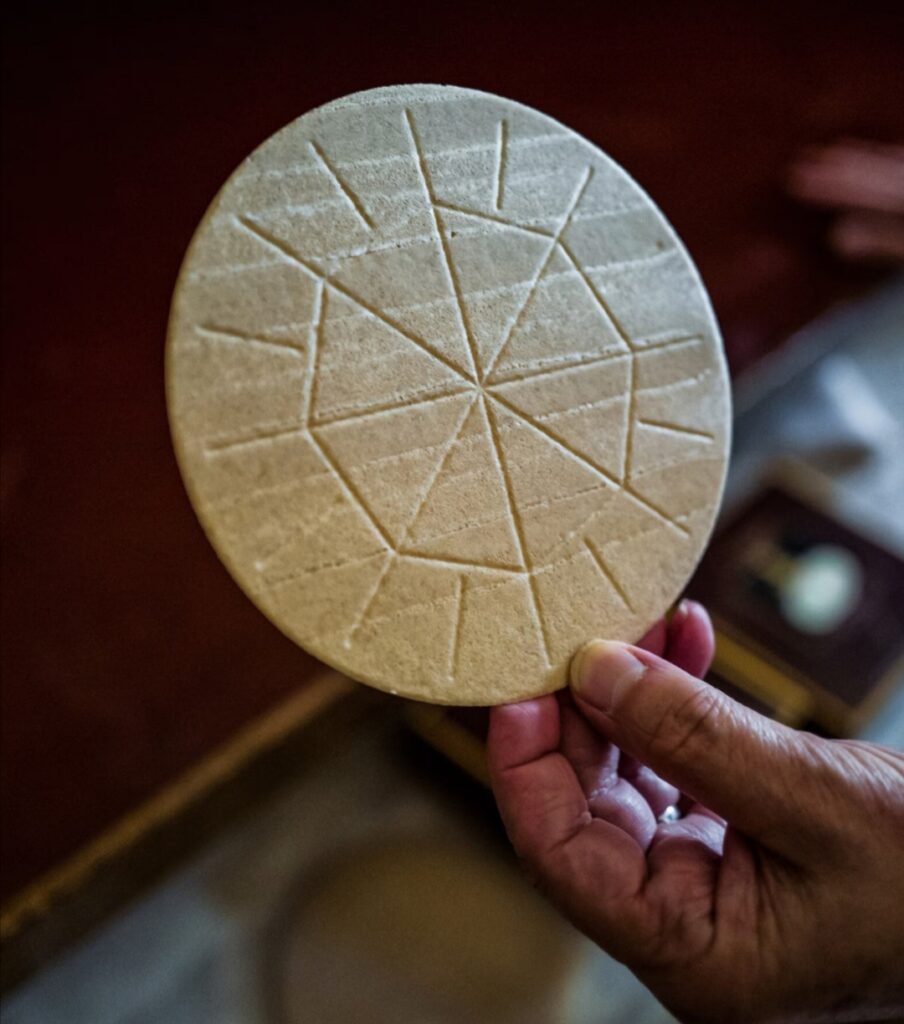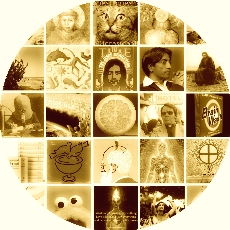
Ligger o läser New York Times på nätet. Ett abonnemang jag skaffade under senaste presidentvalet o sen inte lyckats avsluta. Fastnat vid en artikel från härom veckan, om nattvarden i katolska kyrkan: ”Beyond the Politics of Communion, a 2,000-Year-Old Holy Mystery”. Gripande.
(Och det vill jag klargöra med en gång, apropå min ”kristenhet” som jag utgjutit mig om tidigare, att själv har jag inte tagit nattvarden sen jag konfirmerade mig. En utbildning som f ö lämnade mig helt oberörd.)
”A young woman stepped into the utter stillness and knelt low. Hannah Hembree, 23, has been coming to eucharistic adoration, the practice of revering the presence of Jesus in the eucharist, almost daily since she quit her job two weeks ago. She came to adore Jesus, just to talk with him, she said afterward.
’People can get wrapped up in the political stuff, but it all comes back to prayer,” she said of the eucharist. “Prayer is about relationship. It is about spending time with our Lord.’ ”
”The sacrament is a holy mystery. It is the most personal and intimate way Catholics connect with God and one another, part of the weekly or even daily routine.”
”The church has seven sacraments, but the eucharist is the ’sacrament of sacraments,’ said the Very Rev. Aquinas Guilbeau, a Dominican friar…”
Men sen står det en del om synen på vad brödet & vinet handlar om också. Och, fritt ur minnet: Protestanter menar att det är symboliskt, Kristi blod o kropp. Medan katoliker hävdar att det faktiskt är det man får i sig under nattvarden? ”Transubstantiation”?
Hur som helst, denna mystiska, ”konkreta” föreställning verkar ha svagt stöd även hos samtida katoliker:
”Only about 30 percent of U.S. Catholics believe the core church teaching that the bread and wine become the literal body and blood of Christ; about 70 percent believe they are mere symbols, according to a Pew poll from 2019.
The sacrament is more than a set of theological beliefs. It wraps the divine and the human all into one, connecting the church and God across time and space.”
Och jag funderar på ny och gammal andlighet. Intresset för myter o symbolik som så många odlar. Ceremonier, eller rutiner, som daglig meditation eller yoga, etc. Men hur nyandligheten så ofta uttrycker sig förklenande om vad den äldre andligheten pysslar med.
Kristaller, mandalas, tibetanska sjungande skålar. Varför inte en gammal hederlig oblat?
